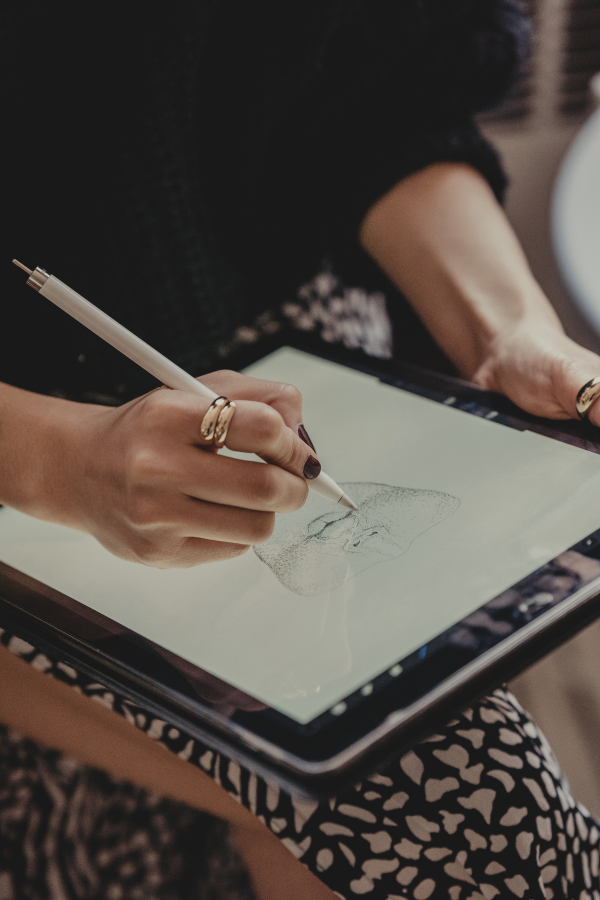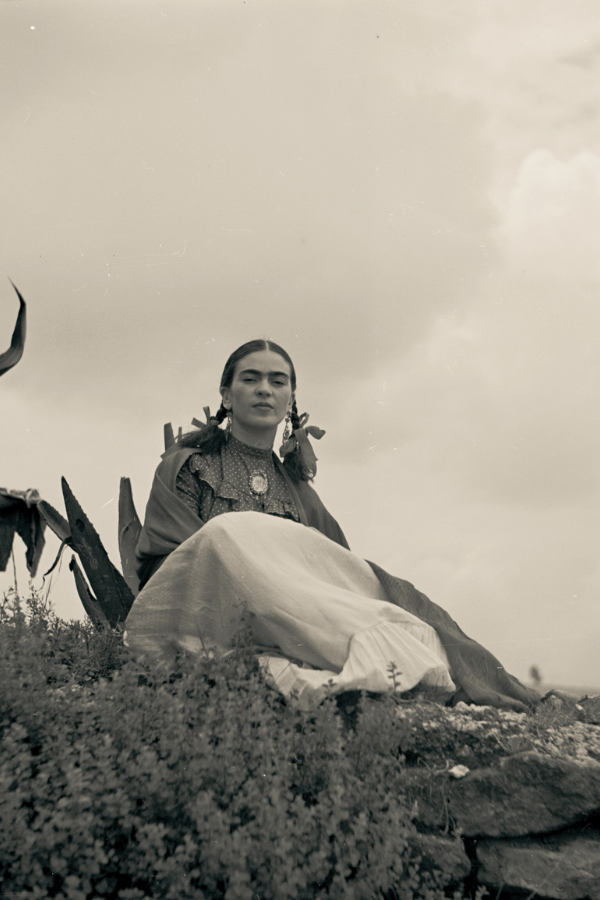
Art and Motherhood: How Female Artists Explore the Two
Summary
This article explores the rich and diverse ways in which women artists have engaged with the theme of motherhood in their work. It highlights the contributions of various artists across history, from Mary Cassatt’s intimate depictions of mother and child to Frida Kahlo’s raw explorations of infertility and loss, and Tracey Emin’s candid reflections on the complexities of female experience. Through their art, these women provide a nuanced and deeply personal insight into the joys, challenges, and multifaceted nature of motherhood, challenging traditional representations and inviting viewers to consider the profound impact of maternal relationships and experiences.
Reflection Questions
- How does your personal experience or understanding of motherhood align with or differ from the representations discussed in the article? Are there particular artworks or artists mentioned that resonate with you, and why?
- How do you think cultural and societal expectations of motherhood influence the way it is represented in art? Do you see these influences reflected in contemporary art and media today?
- If you were to create a piece of art reflecting your views or experiences of motherhood (whether personal or observed), what form would it take (painting, sculpture, writing, etc.)? What elements would you include to convey your message?
Journal Prompt
Reflect on a moment or experience related to motherhood—yours, a family member’s, or even a friend’s—that has significantly impacted your perspective on life. Describe this experience and your feelings about it. How has this moment shaped your understanding of love, sacrifice, or any other emotions associated with motherhood? Consider how this experience could be translated into a piece of art: what colors, shapes, or symbols would you use to express these emotions and why? This exercise aims to explore the intersection of personal narrative and artistic expression, illuminating the profound and often complex emotions that motherhood evokes.
As women in creative fields, we often find ourselves trying to have it all—all at once. While many women before us staggered their artistic output with their familial obligations, others did find a way to meld creativity and kids. Still others found art and the female role in family completely at odds with each other. Regardless of their take on the issue, countless female artists have explored and discussed the theme of motherhood in their works—across various mediums including writing, interviews, and visual art. This theme often emerges as a profound, complex, and multifaceted subject—reflecting personal experiences, societal expectations, and the universal aspects of motherhood. For example, Frida Kahlo explored themes of family and motherhood in her art, although these explorations were often intertwined with her experiences of pain, loss, and longing. Kahlo’s approach to motherhood and family in her artwork was deeply personal and complex—reflecting her own life experiences, including her struggles with infertility and her desires for a family. Let’s explore how other artists like Mary Cassatt, Mierle Laderman Ukeles, Tracey Emin, and Louise Bourgeois have expressed their feelings about motherhood and creativity through art.
Visual and Performing Artists Who Have Explored Motherhood in Their Work
Mary Cassatt
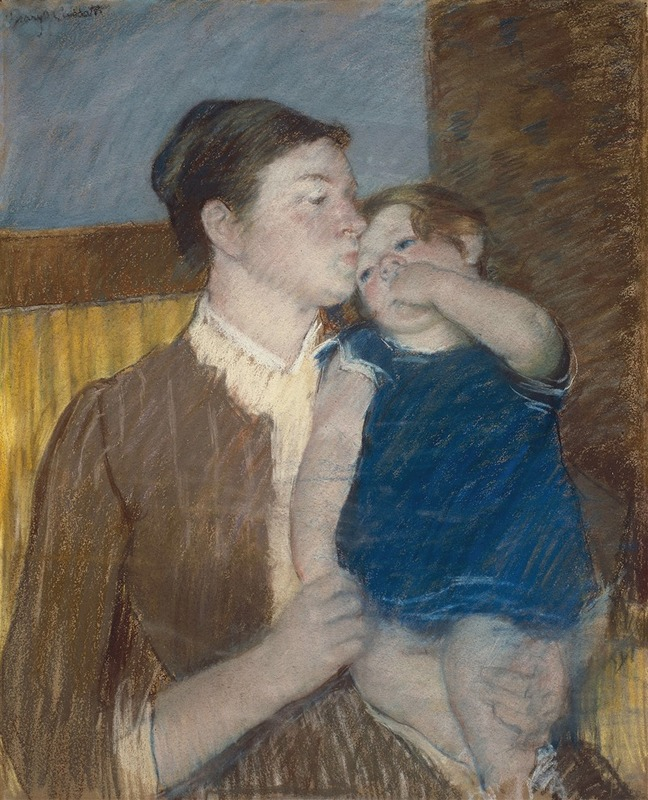
Mary Cassatt, an American painter and printmaker, is renowned for her contributions to the Impressionist movement, despite living much of her life in France. Her art frequently depicts the social and private lives of women, with a particular focus on the intimate bonds between mothers and children. Cassatt’s work in this area is pioneering; she captures moments of motherhood with tenderness and a depth of emotion, often showcasing mothers engaging in everyday activities with their children, such as reading or bathing.
Through her delicate brushwork and warm color palettes, Cassatt elevates these ordinary moments to something profound, reflecting the universal themes of maternal love and the nurturing relationship between mother and child. Her paintings not only provided a lens into the lives of women at the time but also helped to validate domestic scenes and the experiences of women and mothers as worthy subjects of fine art.
Frida Kahlo
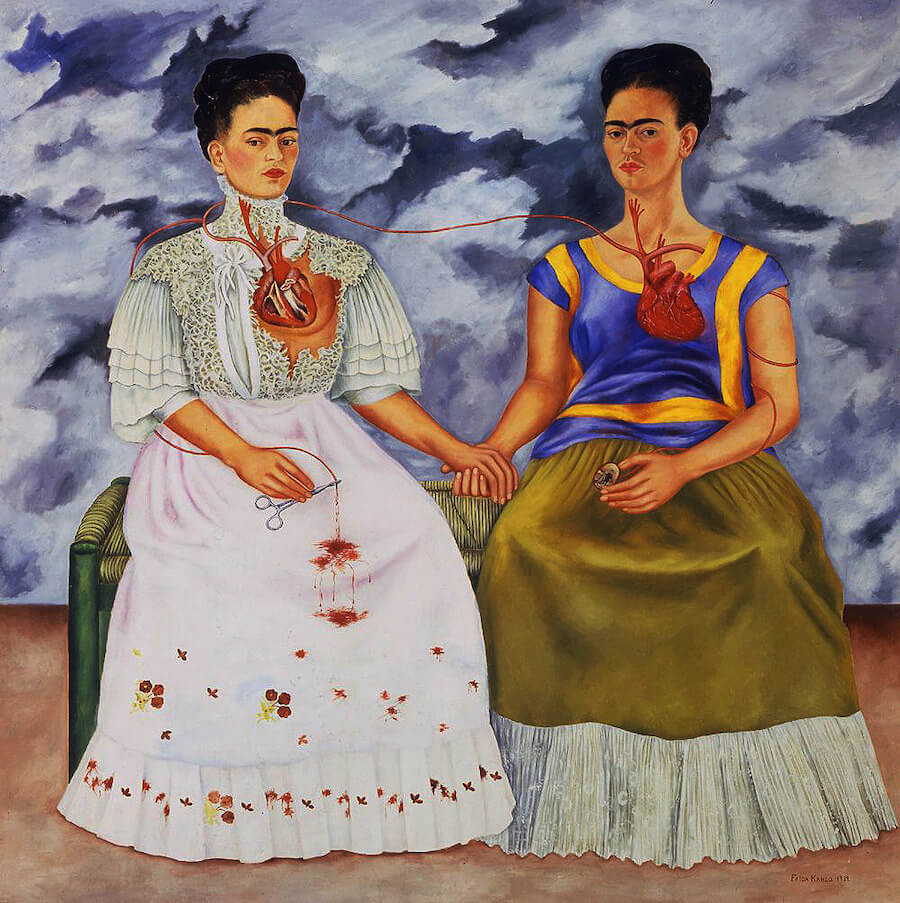
Frida Kahlo, a Mexican painter known for her many portraits, self-portraits, and works inspired by the nature and artifacts of Mexico, delved deeply into themes of identity, postcolonialism, gender, class, and race in Mexican society. Her exploration of motherhood, however, is deeply personal and often painful. Kahlo’s work reflects her own life experiences, including her struggles with infertility, miscarriages, and her desire to have children.
Her paintings dealing with these themes are raw and emotive, employing symbolic imagery and vibrant colors to express her pain and longing. For instance, in “Henry Ford Hospital” (1932), Kahlo depicts herself lying on a hospital bed after a miscarriage, surrounded by symbols of fertility and loss. Through her art, Kahlo communicates not just her personal sorrow and longing but also challenges the traditional expectations of women and motherhood, making her work profoundly impactful.
It’s important to note that while her art did reflect her personal experiences with infertility and her complex feelings about motherhood, but this was typically interwoven with broader themes of identity and body.
Tracey Emin
Tracey Emin is a contemporary British artist whose work spans a variety of media, including drawing, painting, sculpture, film, photography, neon text, and sewn appliqué. Emin’s exploration of motherhood is intensely personal and often controversial, reflecting her candid explorations of her own life experiences. Her art frequently addresses themes of love, loss, abortion, and the body, making public the most intimate aspects of her personal life.
There are good artists that have children. Of course there are. They are called men.
Tracey Emin
One of her most notable works is “My Bed” (1998), an installation that displayed her own unmade, messy bed after several days spent in it, reflecting a period of depression following a relationship breakdown. Surrounding the bed were items that included pregnancy tests and contraceptives, highlighting the complexities of female sexuality and the potential for motherhood.
While this installation does touch on themes related to potential motherhood, it is primarily a raw representation of Emin’s personal life and emotional state. Emin’s work always challenges societal norms and inviting public discourse on these deeply personal subjects, and many of her public comments touch on motherhood.
Artemisia Gentileschi
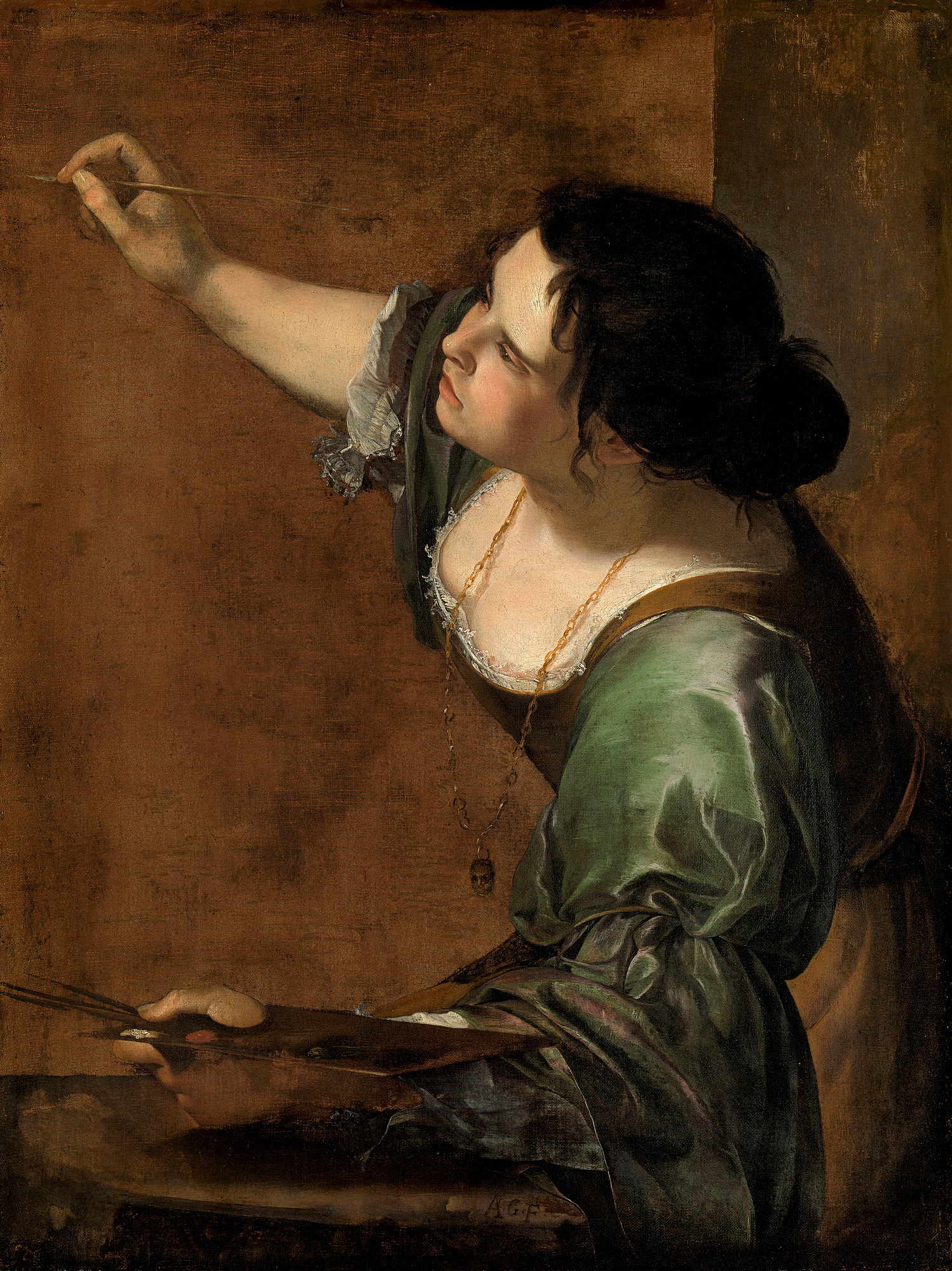
Artemisia Gentileschi, a Baroque painter, is celebrated for her powerful depictions of biblical and mythological female figures, often portraying them with an unprecedented sense of agency and emotion. Gentileschi’s own experiences as a woman in a male-dominated field and her experiences of motherhood and daughterhood deeply informed her work.
While not explicitly focusing on motherhood in a direct manner, her paintings often resonate with themes of female strength, resilience, and autonomy—qualities that are implicitly connected to her own life story, including her role as a mother. Her works, such as “Judith Slaying Holofernes,” not only challenge the traditional representations of women in art but also reflect her personal narrative of overcoming adversity and asserting her place as a woman artist and a mother in the 17th century.
We included Gentileschi in this list because her work does not directly focus on motherhood. It’s important to recognize that female artists can express strength and autonomy without making their work directly about motherhood, and Gentileschi—while a mother—focused on other themes throughout her career.
Louise Bourgeois

Louise Bourgeois was a French-American artist known for her large-scale sculpture and installation art, but her oeuvre also includes painting and printmaking. Bourgeois’ exploration of motherhood is profound and complex, often drawing on her own experiences and emotions. Her famous piece, “Maman” (1999)—a giant spider sculpture pictured above at the Guggenheim Museum Bilbao—symbolizes motherhood.
The spider, which Bourgeois described as both protector and predator, embodies the strength and complexity of her mother, intertwining fear, protection, nurture, and loss. Throughout her work, Bourgeois used the theme of motherhood to explore issues of dependency, betrayal, and repair, making her one of the most influential artists on the subject.
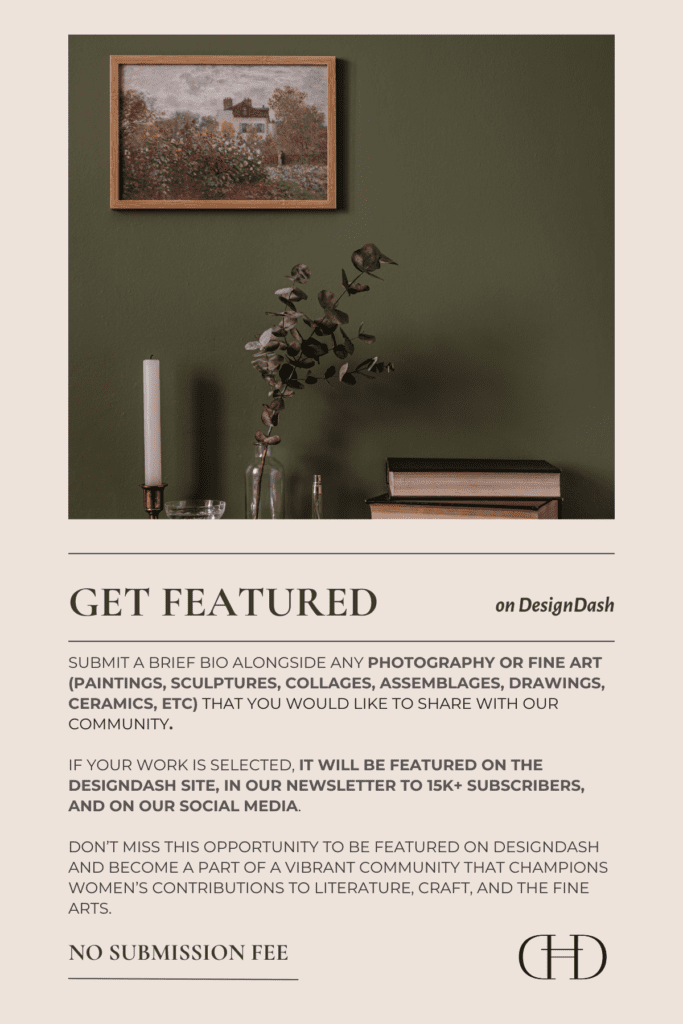
are you a fine artist or photographer?
Mierle Laderman Ukeles
Mierle Laderman Ukeles is an American artist known for her feminist and service-oriented artwork, particularly her exploration of the roles of women in society, including motherhood and the undervalued labor associated with it. In her landmark performance piece, “Maintenance Art” (1973-present), she highlights the importance of maintenance work, equating the repetitive tasks of art maintenance with those of homemaking and childcare. By doing so, Ukeles blurs the lines between the public and private spheres, elevating domestic work and motherhood to the status of high art and challenging societal perceptions of value and labor.
Nan Goldin
Nan Goldin is an American photographer renowned for her deeply personal and candid photography that captures the essence of her subjects’ lives, including her own. Goldin’s work often touches on themes of love, sexuality, and family.
Her portrayal of motherhood is no exception; it is raw and intimate, presenting an unvarnished look at the lives of her friends and family. Through her lens, Goldin captures moments of tenderness, chaos, joy, and the mundane aspects of motherhood and family life, offering a nuanced and honest portrayal that challenges conventional, idealized representations of motherhood.
Learn more about the Hasselblad Award winning photographer here.
Cindy Sherman
Cindy Sherman is a renowned American artist whose work predominantly involves conceptual self-portraiture. While not directly addressing motherhood in a traditional sense, Sherman’s exploration of female identity, stereotypes, and roles offers indirect commentary on societal expectations of women, including motherhood.
Through her photographs, Sherman transforms herself into an array of characters and personas that mimic and critique the representations of women in media, art, and society. Her series, such as the “Untitled Film Stills,” challenge and deconstruct the traditional imagery and archetypes of women, compelling viewers to reconsider the cultural narratives surrounding femininity and the roles assigned to women, including that of the mother.
Carolee Schneemann
Carolee Schneemann, an influential figure in performance art and a pioneer in exploring the body, sexuality, and gender, utilized her art to challenge conventional notions of the female body, including its role in motherhood. Although Schneemann’s work did not directly focus on motherhood, her performances and art pieces, such as “Interior Scroll,” where she extracted a scroll from her vagina and read from it, confronted the societal objectification and constraints imposed on the female body. By reclaiming the female body as a site of artistic and personal agency, Schneemann indirectly addressed the expectations and limitations surrounding women’s roles, including motherhood, in society.
Berthe Morisot
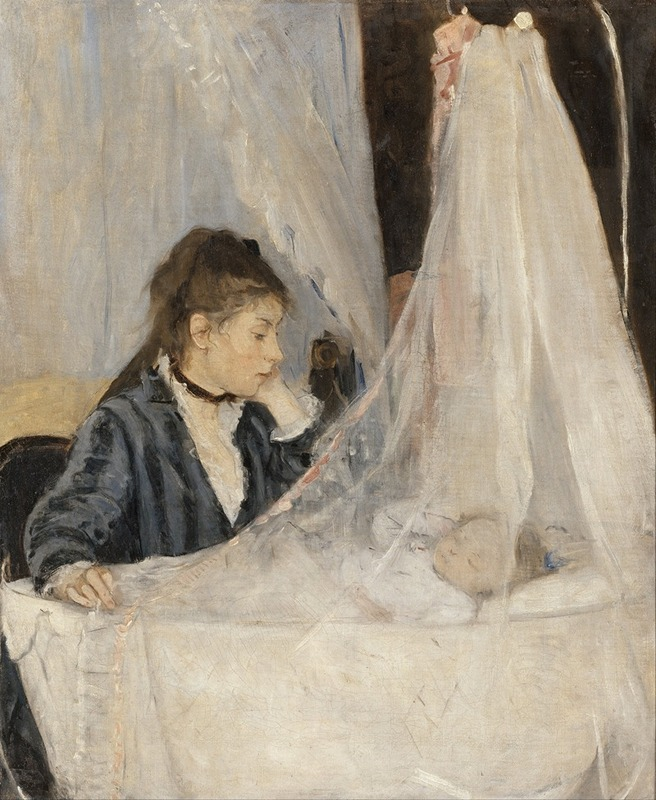
Berthe Morisot was a pivotal figure in the Impressionist movement, known for her delicate depictions of domestic life and the intimate bonds between mothers and children. Morisot’s paintings, characterized by their light brushwork and soft colors, often portrayed women in their daily lives, emphasizing the nurturing relationship and emotional closeness of the maternal bond.
Works like “The Cradle” (1872) highlight this focus, showcasing a mother gazing tenderly at her sleeping child. Morisot’s exploration of motherhood through art was revolutionary for its time, offering a woman’s perspective on the private, often overlooked aspects of family life and elevating them to the subject of high art.
Paula Modersohn-Becker
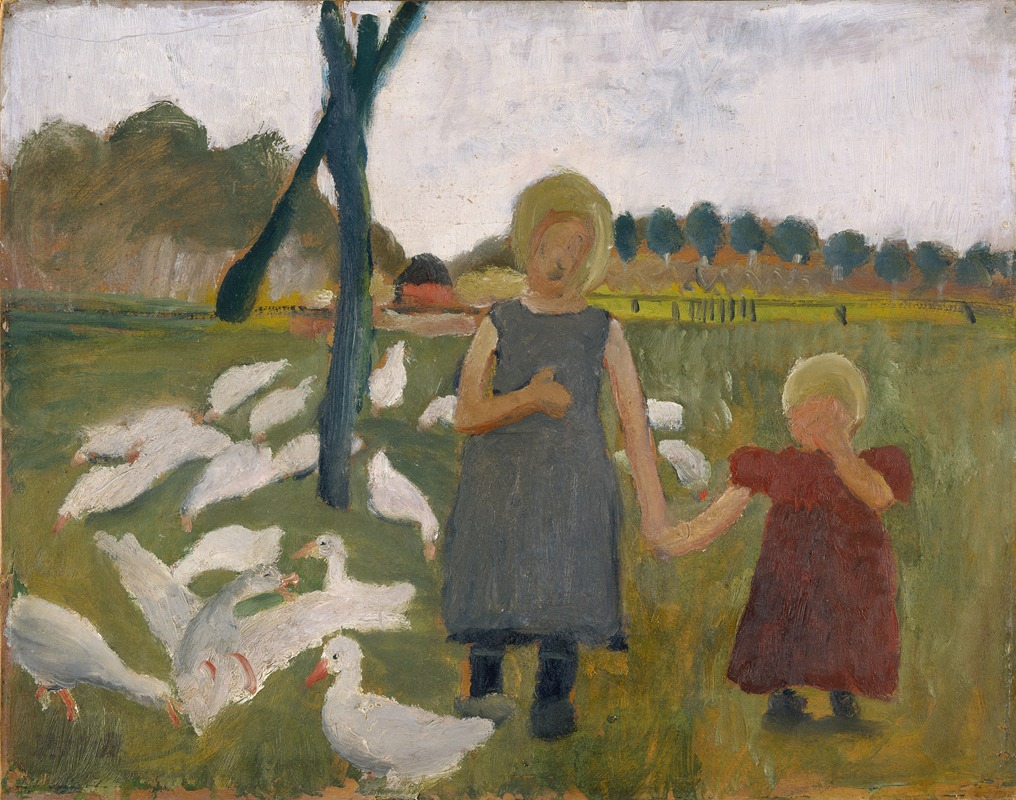
Paula Modersohn-Becker, an early expressionist painter, is celebrated for her introspective and emotionally charged depictions of mothers, children, and rural life. Her work often portrays the maternal figure with a sense of solemnity and dignity, exploring the depth of the maternal experience beyond idyllic representations.
Modersohn-Becker’s paintings, such as those featuring mothers embracing their children, are marked by a directness and simplicity of form, highlighting the profound, elemental connection between mother and child. Her innovative approach to depicting the female form and her focus on the theme of motherhood were ahead of her time, contributing significantly to modern portrayals of women and mothers in art.
Käthe Kollwitz
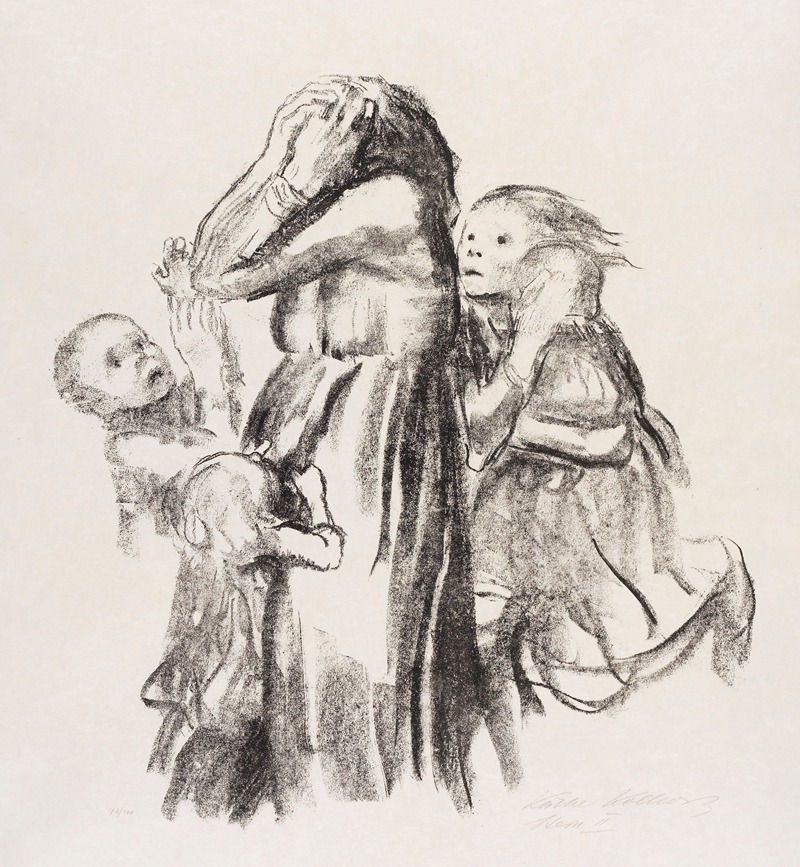
Käthe Kollwitz was a German artist, known for her impactful prints, drawings, and sculptures that delve into themes of poverty, war, and the human cost of conflict, with a particular focus on the suffering of women and mothers. Kollwitz’s own experiences of loss, including the death of her youngest son in World War I, deeply influenced her work, leading to powerful representations of grief, motherhood, and the struggle for survival.
Her series, such as “The War” and “The Weavers’ Revolt,” often feature mothers as central figures, portraying their pain, resilience, and protective instincts in the face of adversity. Kollwitz’s art serves as a poignant commentary on the impact of societal and political turmoil on the personal and familial spheres, particularly from the perspective of mothers.
Final Thoughts on Motherhood As Felt By Female Artists

The exploration of motherhood through art by women offers a profound and multifaceted perspective on one of the most universal yet intensely personal experiences. Artists like Mary Cassatt, Frida Kahlo, and Käthe Kollwitz, among others, have delved into the depths of maternal experience, using their distinct voices and mediums to illuminate the joys, sorrows, complexities, and nuances of motherhood. These artists have not only challenged traditional representations and expectations of mothers in society but have also paved the way for a broader understanding and appreciation of the maternal bond.
Through their work, they invite viewers to engage with the realities of motherhood—a theme that resonates across time and cultures, reflecting both the individual experiences of artists and the shared experiences of humanity. By bringing the personal into the public sphere, these women have enriched the discourse on motherhood, offering insights that transcend art and touch upon the essence of human connection and identity.
How do you explore motherhood and family in your art? Please share in the comments below or submit your work to our Editor-in-Chief at editor@designdash.com.








